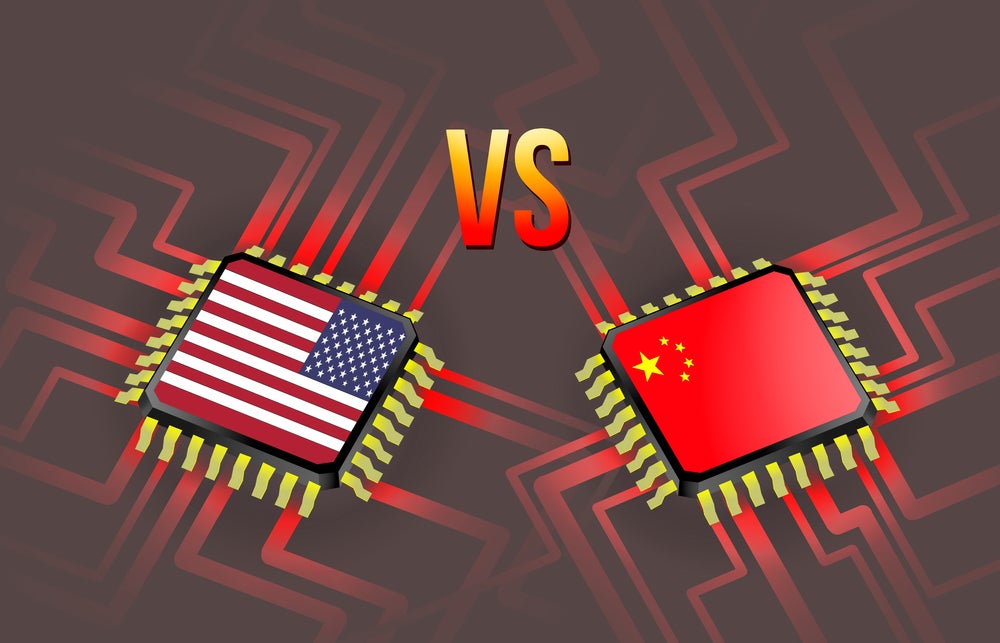On April 11, 2025, just days after announcing new tariffs, the Trump administration exempted smartphones, laptops, processors, displays, and memory chips from tariffs, only to later clarify that this was a temporary reprieve.
The US government is set to reassess the entire consumer electronics supply chain amid an investigation into semiconductors, which may soon face tariffs. Earlier last week, the president also announced a 90-day suspension of ‘reciprocal’ tariffs for most trading partners. Concurrently, Trump raised tariffs on Chinese imports to an unprecedented 145%. This indicates a strong push for US production of consumer devices, including Apple iPhones. The pressing question is whether Apple can manufacture its products domestically.
Can Apple manufacture in the US?
Manufacturing Apple devices in the US is possible but would require significant investment and effort from Apple and governmental bodies, both present and future, with years of business disruption in between.
China has developed a robust consumer electronics ecosystem over decades, with a vast network of suppliers, skilled labor, efficient infrastructure, and ample production sites. Consequently, more than half of Apple’s 200 global suppliers are based in China, where a skilled workforce and favourable conditions for large-scale manufacturing exist.
Replicating this in the US would necessitate attracting skilled labour, reforming educational pathways, and fostering a culture that values higher education—actions that are not currently aligned with the administration’s policies, as evidenced by the recent immigration uproar and the gutting of the US Department of Education. These tariffs, therefore, appear to be geopolitical trade instruments plainly intended to secure more advantageous agreements.
Tariffs will make smartphones pricier
If Apple cannot secure long-term tariff exemptions, then the cost of its devices will likely rise.

US Tariffs are shifting - will you react or anticipate?
Don’t let policy changes catch you off guard. Stay proactive with real-time data and expert analysis.
By GlobalDataCurrently, 80% of Apple’s overall products are assembled in China, and a 145% tariff could increase the price of an iPhone 16 Pro Max to more than $2,600. Apple has begun diversifying production to India and Vietnam, moving about 15-20% of its production there, but remains heavily reliant on China, where 90% of iPhones are still assembled.
In the meantime, Apple is stockpiling millions of iPhones, with reports of five planeloads of phones and accessories flying into the US from India in the three days following the April 2 tariff communication. However, the upcoming iPhone 17 series, produced in China, may face tariffs, complicating pricing strategies and potentially dampening consumer demand.
A crisis of magnitude
Apple faces a potential crisis. Should the company be compelled to shift production to the US, it will encounter insurmountable challenges in meeting its current scale of shipments. The company is at risk of a supply-demand imbalance if forced to shift production to the US, which could lead to higher prices and lost sales.
Apple’s challenges are compounded in China, its third largest market, by growing negative American sentiment and competition from local Chinese manufacturers like Huawei and Vivo, which are gaining market share due to their technological advancements, as well as their progressiveness in AI. Additionally, rival Samsung’s diversified supply chain – spread across Vietnam, India, Brazil, Indonesia, and South Korea – gives it a competitive edge, as the company is less over exposed to China compared with Apple.
Suffice it to say that Apple has not faced a crisis of this magnitude since its potential bankruptcy in 1997.








